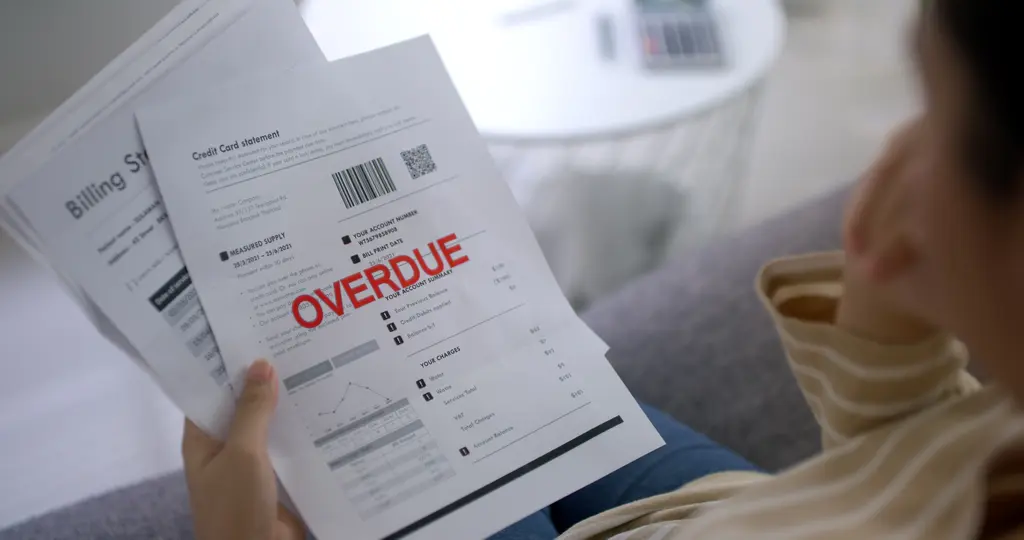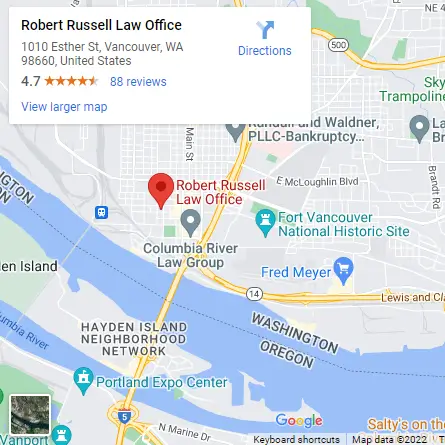Trust Components
A “Trust” has several parts. The person creating the trust is the “Trustor” or “Settlor“. The assets that are placed in the trust are the “res” of the trust. The person that benefits from the trust is called the “beneficiary“. The person holding/managing the assets for the beneficiary is the “Trustee“. If the settlor of the trust is also the beneficiary of the trust, then that is a “self settled” trust.
Transfers to Self-Settled Trusts
In the State of Washington, the assets transferred by a trust “settlor” to a trust for the benefit of the settlor are not protected from the settlor’s creditors existing either before or after the transfer. Such “self settled” trusts are typically called “living trusts” are are made for the benefit of the settlor, i.e., the settlor retains the “beneficial interest” in the assets and can still use the assets just the same as before the transfer
In that situation, settlor’s creditors can still reach the trust res. To that end, RCW 19.36.020 specifically provides: “That all deeds of gift, all conveyances, and all transfers or assignments, verbal or written, of goods, chattels or things in action, made in trust for the use of the person making the same, shall be void as against the existing or subsequent creditors of such person.”
Avoids Probate, Not Creditors
In short, if a person transfers their own assets into a trust and retains the use of the assets transferred into the trust, then the trustee is “self settled” and the settlor’s creditors can still reach those assets. Why create such a trust if it does not protect the assets from the claim of creditors? People do this for estate planning reasons. When the settlor dies, the assets transfer to the trustee beneficiary without the need for probate.
Self Settled / Living Trust & Bankruptcy
When a Washington resident with a self settled trust files bankruptcy, the appointed bankruptcy trustee is aware of RCW 19.36.020 (above) that declares the trust assets are available to satisfy the claims of creditors. The bankruptcy trustee can recover the non-exempt assets in the trustee, liquidate/sell them and give the net proceeds to creditors. Two cases that confirm this results are the following:
In re Michael R. MASTRO, 465 B.R. 576 (Bankruptcy Court, Western District of Washington, 2011). This case is interesting reading. In this case, various creditors filed an involuntary bankruptcy for the debtors whose net worth plummeted after the 2008 real estate crash. That is not the interesting part. In this case, the trustee and creditors sought to recover assets that included bars of gold, gold coins, a Bentley automobile, assets in a Belize trust, incredible jewelry, a Rolls Royce, real estate, and, of course, assets in various self-settled trusts.
In re Donald G. HUBER, 493 B.R. 798 ((Bankruptcy Court, Western District of Washington, 2013). This case is far less interesting. It started as a Chapter 11 reorganization that was converted to a Chapter 7 liquidation. The debtors had a self settled trust.
Further, the Bankruptcy Code gives additional powers to a Bankruptcy Trustee in dealing with such trusts. One Trustee power is found in 11 USC § 548 (Fraudulent Transfer and Obligations). Under certain circumstances, regardless of state law, a bankruptcy trustee can recover assets transferred into a self settled trust within the ten year preceding the bankruptcy filing if such transfer was made with the actual intent to hinder, delay or defraud creditors. Here is the language of the statue:
11 USC § 548 (Fraudulent Transfers)
(e)(1) In addition to any transfer that the trustee may otherwise avoid, the trustee may avoid any transfer of an interest of the debtor in property that was made on or within 10 years before the date of the filing of the petition, if—
(A) such transfer was made to a self-settled trust or similar device;
(B) such transfer was by the debtor;
(C) the debtor is a beneficiary of such trust or similar device; and
(D) the debtor made such transfer with actual intent to hinder, delay, or defraud any entity to which the debtor was or became, on or after the date that such transfer was made, indebted.
Typically, a person that is going to file bankruptcy will remove from the trust and return to personal ownership the assets they want to retain (assuming they are exempt in bankruptcy). Stated another way, it is doubtful that a debtor can claim an exemption in a specific asset the a trust owns and they do not own. So, it makes sense on at least that level to “undo” the transfer to the trust.
Asset Protection Options
If you think transferring your assets into a self settled trust will protect your assets from the claims of your creditor, now or in the future, think again. There are other ways to protect your assets. If you need assistance to do so, please let us know. We would be happy to help you work to protect your assets.






